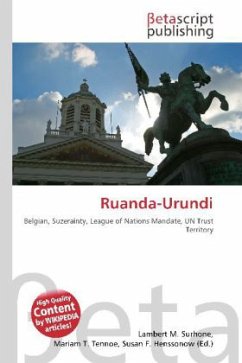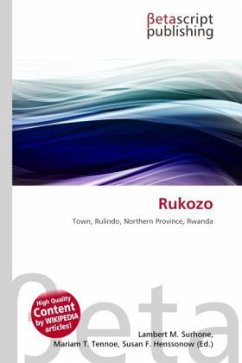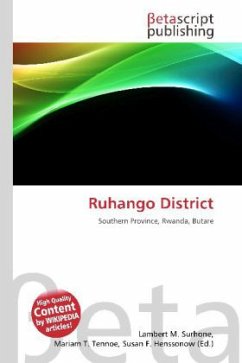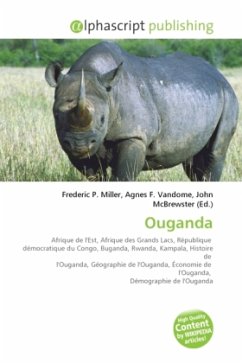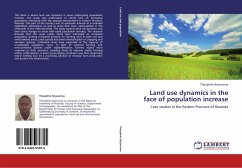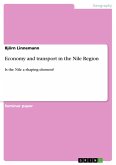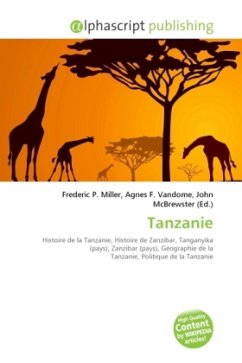Please note that the content of this book primarily consists of articles available from Wikipedia or other free sources online. Ruanda-Urundi was a Belgian suzerainty from 1916 to 1924, a League of Nations Class B Mandate from 1924 to 1945 and then a UN trust territory until 1962, when it became the independent states of Rwanda and Burundi. In the First World War, the area was conquered by forces from the Belgian Congo in 1916. The Treaty of Versailles divided German East Africa with the vast majority known as Tanganyika going to Great Britain but the westernmost portion to Belgium, this area was formally referred to as the Belgian Occupied East African Territories. In 1924, they became Ruanda-Urundi when the League of Nations issued a formal mandate that granted Belgium full control over the area. The Belgians were far more involved in the territory than the Germans, especially in Rwanda. Despite the mandate rules that the Belgians had to develop the territories and prepare themfor independence the Raubwirtschaft practiced in the Belgian Congo was exported eastwards. The Belgians demanded that the territories earn profits for the motherland and any development had to come out of funds gathered in the territory.
Bitte wählen Sie Ihr Anliegen aus.
Rechnungen
Retourenschein anfordern
Bestellstatus
Storno

